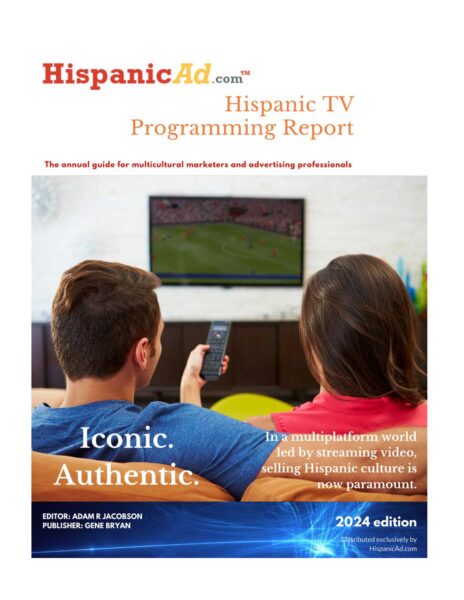Reconciling the Pros and Cons of Hispanic Online Research.
April 15, 2012
By Miguel Gomez Winebrenner / Added Value Cheskin
The proliferation of Hispanic online panels has ignited a debate around the efficacy of online research among Hispanics. In Q1 2012 Added Value Cheskin launched an investigation into this matter using several of the hundreds of Hispanic studies we have conducted in the past few years. All interviews collected were from a random selection of Hispanic sample. Respondents were post classified into the appropriate acculturation level based on several measures including language dominance, media consumption, proportion of life spent in the US and attitudes/ behaviors. Below are our findings.
First, there is no doubt that Hispanics- of all levels of acculturation- are getting online at a fast pace. And there will be a point in the near future at which the representativeness of this method will be at par with non-Hispanic research efforts. However, at this point in time the unacculturated segment of the market is still under-represented, and there are powerful differences between offline unacculturated Hispanics and online unacculturated Hispanics.
The chart below illustrates this point; it shows a breakdown of acculturation by quantitative research method (note that Added Value Cheskin’s unacculturated segment is called “Hispanic Dominant”):
Clearly, in our history of project work (where most studies were commissioned to be representative of the entire Hispanic population) the online method alone skews to the more acculturated compared to the other methods. We’ve known this for a while, which is why our standard practice for conducting online with Hispanics is to boost using CAPI. This method has been effective to capture offline Hispanics, who among other things tend to be unacculturated, using the same interface as the online platform. Therefore, the data is collected in the same manner as it is when people respond online at home. This method isn’t perfect (which one is?), but in our opinion it’s better than systematically excluding unacculturated Hispanics and thus obtaining results relevant to only the more acculturated portion of the Hispanic market. More on this in a moment….
So now that the online infrastructure to interview Hispanics online has expanded (several companies have announced the launch of a panel in the past 6 months), and the rate at which Hispanics are going online has increased, the question clients often ask is: “Are there differences between online and offline Hispanics? Because if not, what’s the point? – it’s faster and cheaper to do online research.” It’s a fair question, and frankly most of us would prefer if the answer were “no, there are no differences” because of the efficiencies in conducting online research. Unfortunately, the evidence we’ve picked up in the course of our investigation is that there are major differences between online and offline unacculturated Hispanics.
Take age, for example. There’s a 10 year difference between online and offline unacculturated (i.e. Hispanic Dominant) consumers.
Or income:
Education is another example:
Or presence of children in the household:
The fact of the matter is that an online-only approach will yield data that skews to the more acculturated. Does that mean that there is no role for online-only work? No, depending on the research objectives it can sometimes be an adequate tool. If for example the target is Biculturals, or youth, or it’s a technology study then this method is adequate. But if the objective is to conduct a truly representative study, then online-only will likely paint a misleading picture of the marketplace, which could then result in ineffective strategies and tactics to win the market.
To be clear, online research can be representative- at Added Value Cheskin we prefer to boost the online sample with CAPI in order to account for the major differences in offline unacculturated Hispanics. It’s cost effective and has proven to be reliable. We also tend to stay away from panels where perhaps a respondent is taking several surveys per week, or more frequently. A world where the same few thousand Hispanics are feeding the strategies of several businesses seems scary.
Finally, although most of this post has been focused on quantitative methods, our investigation also included qualitative. Our verdict remains the same- online discussion boards, chat rooms, and focus groups are excellent tools, but until the gap between offline and online unacculturated Hispanics closes, it will continue to be necessary to complement online and offline tools. For example, we have launched AV-id ™ (our proprietary qualitative tool) for use in the Hispanic market. It’s proven to be a great insights-gathering platform among youth and Biculturals, and with the lesser acculturated who are online, boosted with ethnos to account for those who are offline.
Change is good, progress is good, and the movement to conduct online research with Hispanics is good. What’s not good is the false positive notion being thrown around that online-only is representative and can paint an accurate picture of the Hispanic marketplace… it’s not, not yet.
Written by Miguel Gomez Winebrenner, Vice President, Added Value Cheskin































